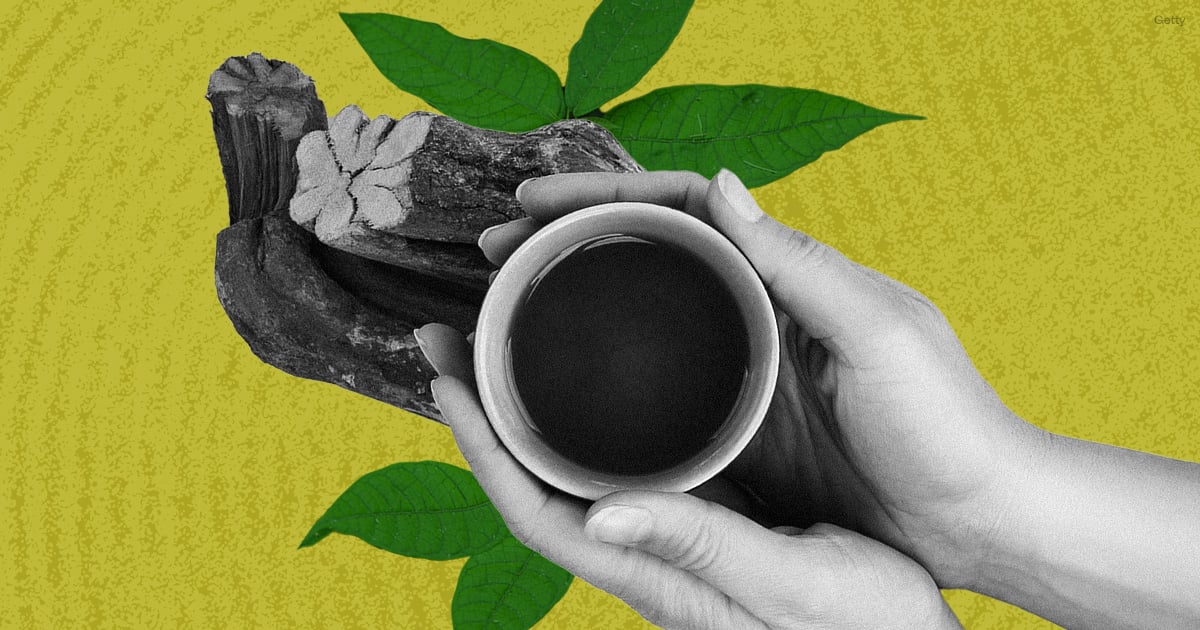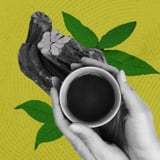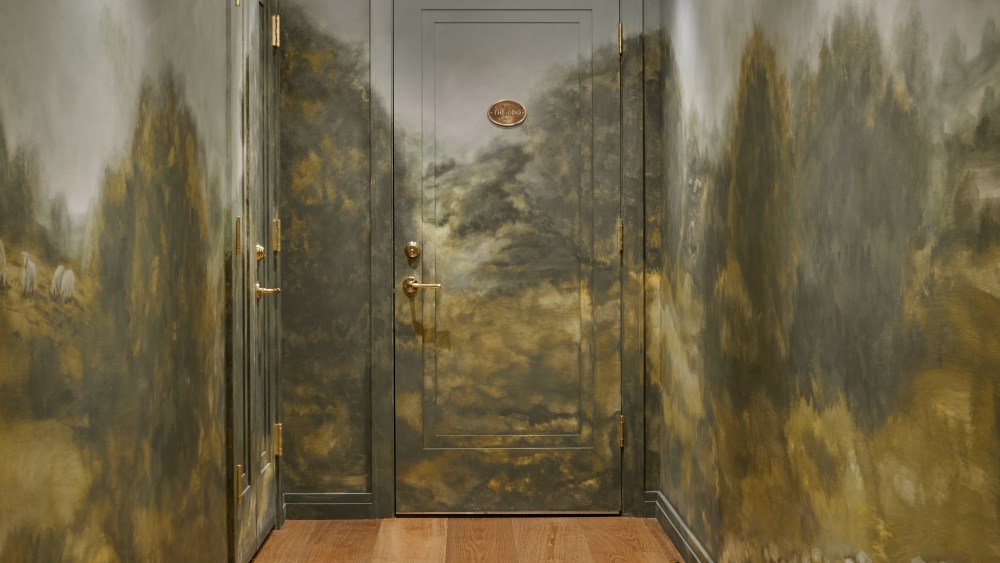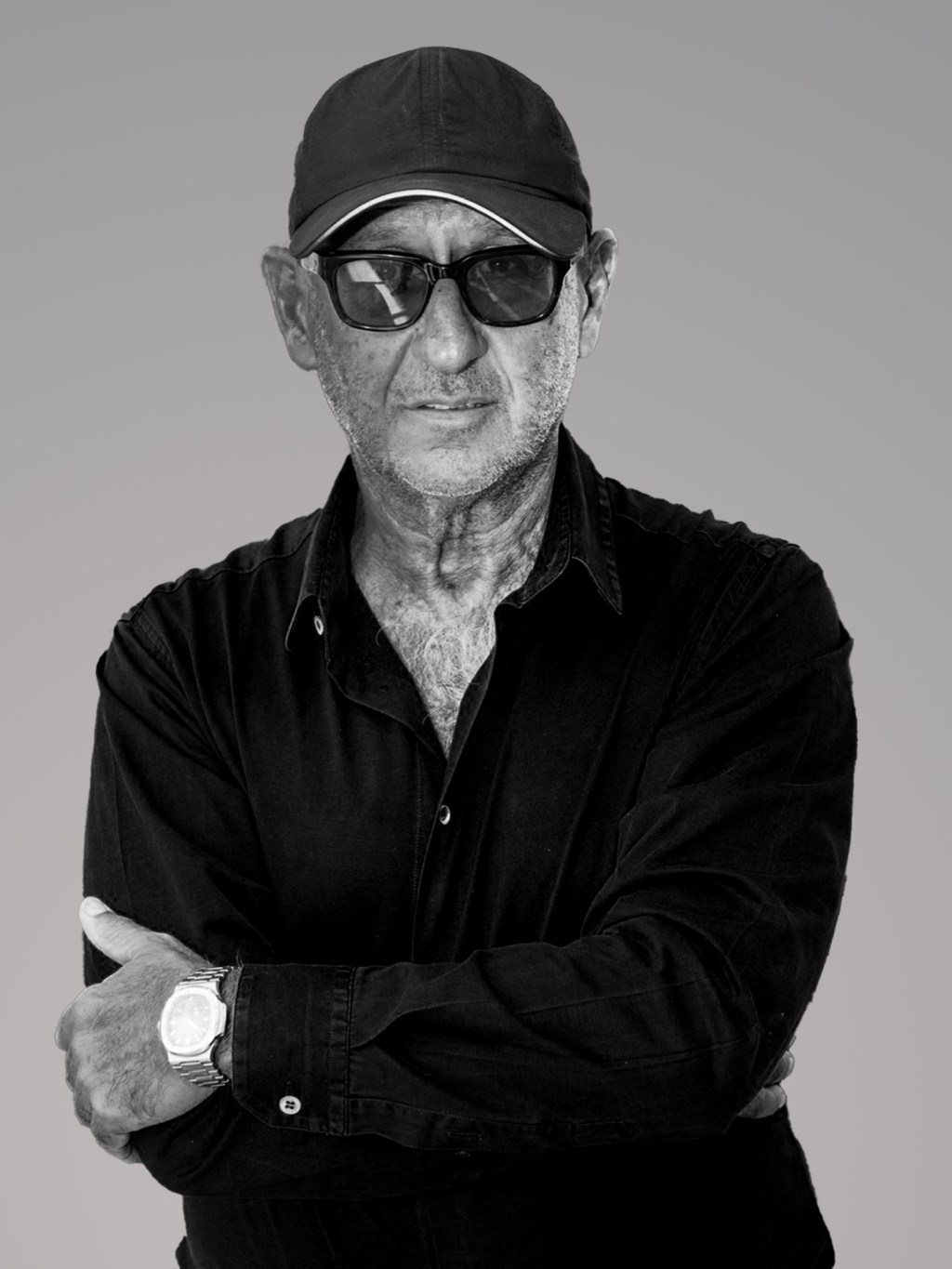Image Source: Getty | Photo Illustration: Keila Gonzalez
I am cold, cranky, and covered in leaves. It’s nearing 10 p.m. on a Friday in November, and I’m lying outside on the ground in a flimsy sleeping bag. Around me, people are wailing and throwing up into mini plastic trash cans. One woman dances in front of the fire and beats a hand drum. They’re feeling the effects of ayahuasca, a potent, plant-based psychedelic tea.
But despite me having drank two cups of the foul-tasting, muddy brew, I feel nothing.
I’m impatient for it to kick in. I’d come to the three-day, all-women’s ayahuasca retreat expecting nothing less than total transformation.
I’d wanted to attend an ayahuasca ceremony since I first heard of plant medicine and its benefits on an episode of The Tim Ferriss Show Podcast. Friends who’d tried the hallucinogenic concoction sang its praises, using words like “life-changing” and “indescribable.” A-listers like Miley Cyrus, Will Smith, and Aaron Rodgers have spoken openly about their ayahuasca trips, bringing the once-fringe psychedelic into the mainstream.
Ayahuasca retreats are becoming easier to find in the U.S., even though the plant’s legality remains a gray area. After diligently googling some version of “ayahuasca retreat Texas” every few months for years, I finally stumbled onto one in Austin, 20 minutes from where I lived.
Here’s what to know about the practice and my experience.
Experts Featured in This Article
Phillia Kim Downs is a New York City-based shamanic healer, reiki master, sound healer, and somatic mind-body integrative coach.
James Giordano, PhD, is the chief of the neuroethics studies program and professor of neurology and biochemistry at Georgetown University Medical Center.
Llewellyn E. van Zyl, PhD, is a professor of positive psychology at Optentia Research Programme.
Cali Estes, PhD, is a drug and alcohol counselor and cognitive behavioral therapist.
What Is Ayahuasca?
While ayahuasca comes in and out of popular interest, the psychoactive brew has been used for spiritual and medicinal purposes by indigenous peoples in the Amazon Basin since at least 900 B.C.E. “Traditionally, ayahuasca has been used to facilitate deep spiritual insights, healing, and connection to the spirit world,” says shamanic healer Phillia Kim Downs.
Ayahuasca is brewed as a tea that typically combines two tropical plants, the ayahuasca vine and the chacruna shrub, also known as Psychotria viridis. The active ingredient in the beverage is dimethyltryptamine (DMT), a molecule that induces profound, multisensory hallucinations and psychedelic effects, says James Giordano, professor of neurology and biochemistry at Georgetown University Medical Center.
“Many individuals experience [DMT] as transcendent,” Giordano says. “They experience ‘ego dissolution,’ or a feeling of being outside themself and gaining a new perspective.” But it’s not all just fun and transcendence. DMT stimulates areas of the brainstem that cause an “explosive” purging response – often in the form of diarrhea or vomiting, Giordano says.
While research into ayahuasca remains limited, experts like Llewellyn E. van Zyl agree there is a lot of potential and anecdotal evidence for therapeutic uses. “After a single ayahuasca session, research participants have reported lower levels of stress, depression, and anxiety,” van Zyl says.
The trend is not without controversy. Critics denounce the for-profit use of traditional medicine as cultural appropriation. Other concerns include a lack of government oversight and claims that the rise in global ayahuasca tourism strains indigenous communities and ecosystems.
Then, there are the risks that come with ingesting a powerful psychedelic. While the ayahuasca experience can be enlightening, it can also be physically and psychologically taxing, according to drug and alcohol counselor Cali Estes.
The plant isn’t for everyone, warns Estes; people with schizophrenia and bipolar 1 disorder should not take ayahuasca. “My biggest recommendation is to do your research before trying it,” Estes says.
Preparing for the Retreat
Having done my research, I thought I was prepared for ayahuasca. Before enrolling in the retreat, I poured hungrily through written and video testimonials from past participants. I had a lengthy phone conversation with the retreat facilitator, discussing my medical history and goals to ensure I was a good fit.
Through my research and exchanges with the facilitator, I learned that the retreat would take place on sacred meeting grounds owned by the Indigenous Women’s Network. A trained plant medicine facilitator from Mexico would oversee it. The event would last three days, include two ceremonies, and be attended by all women. It sounded like exactly what I was looking for.
I contacted my doctor, per the facilitator’s recommendations. He wasn’t thrilled about my decision to do ayahuasca, but grudgingly helped me taper off my anxiety medication. I’d even talked my plans over with my therapist, who agreed I might find an ayahuasca experience beneficial.
About two weeks before the retreat, the facilitator emailed instructions on the “dieta,” or the traditional diet of simple foods intended to prepare you “energetically and spiritually” to take ayahuasca. The dieta included a lengthy list of foods to avoid in the weeks before the ceremony: alcohol, spicy foods, salt and pepper, carbonated drinks, dairy products, and red meat, to name just a few.
I’ll admit: This is the part of my ayahuasca preparations where I got a little sloppy. I could get on board with eliminating alcohol and red meat, but what was the problem with salt and pepper? Or spicy foods? Or sparkling water?
“Do not be stressed about the dieta,” the facilitator had written in the email. “[It] is meant to nourish, not starve.”
I decided to cut out alcohol, junk foods, and red meat, but not to stress about the rest.
My Ayahuasca Experience: Night 1
Image Source: Maria Cristina Lalonde
Wishy-washy adherence to the dieta aside, I felt ready. I arrived at the ceremony site on Friday evening, eager to have my mind expanded, my vices vanished, and my anxiety cured.
My three fellow retreat participants and I settled in sleeping bags around the fire as night fell. One by one, we were summoned to take ayahuasca by the plant medicine facilitator. When I approached, she filled a ceremonial cup with a brown-reddish brew, whispered a prayer, and handed it to me to drink.
I sipped my first cup tentatively, gagging a little at the flavor (which I’d describe as a combination of molasses and stomach bile). Shuddering, I returned to my sleeping bag to snuggle in and wait. And wait some more. Thirty minutes after we drank our first cup, the facilitator told us we could approach for a second. I gulped another one down. Nothing.
My thoughts began racing: This isn’t going to work. I should have followed the dietary instructions more closely. I have to pee. Do ayahuasca retreats give refunds? Four hours passed. By the end of the night, it seemed I was the only person who hadn’t puked, sprinted to poop in the communal camping toilet, or erupted into tears.
The next morning at “sharing circle,” the other women gushed about wild rides and epiphanies. I struggled to keep my disappointment out of my voice when I reported I hadn’t purged or felt much at all.
Giordano and Downs would later confirm it’s not uncommon for first-time ayahuasca users to feel slight or delayed effects. “For some people, their serotonin receptors may not be as sensitive upon first exposure,” Giordano explains. Downs adds, “Some individuals naturally have a higher tolerance to psychoactive substances, requiring multiple ceremonies before experiencing full effects.”
My Ayahuasca Experience: Night 2
I went into the second ayahuasca ceremony nervous but determined. When I approached the facilitator, she gave the tea container an extra vigorous shake and filled my cup to the brim, which I drank. The stirred-up brew was chunky and even harder to choke down.
Image Source: Maria Cristina Lalonde
For 30 minutes, nothing happened. There was a call for a second cup, which I tossed back.
Slowly, the puking and crying started back up around me. I felt dizzy and nauseous, but not much else – except increasingly certain my ayahuasca journey wasn’t going to happen. Then, the ground started breathing. In seconds, it seemed, the universe split open, devolving into a tangly, pulsing web of vivid, geometric patterns. My senses were on fire. My stomach was churning. My exposed skin burned in the cold air. In the distance, I could hear what sounded like a men’s choir chanting.
Next came anxiety. My mind roiled with strange, seemingly unconnected memories: The corner store where I used to get ice cream during my childhood. An ex-boyfriend I wasn’t speaking to. Bad sex.
For what could have been minutes or hours, I struggled and suffered mentally and physically. I burrowed in my sleeping bag, rolling around on the ground, muttering to myself, willing the trip to end. I feared at any moment I would throw up or worse, though I never did.
Finally, a facilitator gently tapped me on the shoulder and told me we were heading back to the main cabin, snapping me out of the plant-based nightmare. Dazed, I followed the others back and crawled into my bed. For 10 uneasy hours I slept, troubled by weird, incohesive dreams.
The Aftermath
The next morning, we again gathered at the ceremony site to share our experiences. “Well, I felt something this time!” I said, trying to stay positive. Privately, however, I felt more unsettled than satisfied.
I was more than ready to go home. I was relieved – joyful, even – to be clear-headed and no longer in a psychedelic hellscape. I couldn’t wait to leave the retreat behind me, take a shower, and sleep in my bed. And never do ayahuasca again.
I asked van Zyl to weigh in on my confusing, unpalatable experience.
“What I’m hearing is you went in with expectations,” he says. “But if you’re constantly trying to feel a specific thing, it takes away from the thing you could have experienced.”
“Ayahuasca often challenges our desire for control,” Downs agrees. “Surrendering to the process, without forcing specific outcomes, opens the door for deeper experiences.”
I went into my ayahuasca experience knowing what would happen. The plant had other plans.
Interestingly, it’s been about four weeks since the retreat, and that feeling of joy and gratitude – the one I originally attributed to being out of a bad trip – has lingered. While I still struggle to make sense of my journey, I feel increasingly open and curious. The more I reflect on the experience, the more I want to try again – the right way this time.
“You may want to follow the recommended dieta more strictly,” Downs recommends. “You may also want to engage in meditation, breathwork, or grounding practices before the next ceremony to cultivate a receptive state of mind.”
I’m not quite ready yet, but I’m signing up for another ceremony. When I do, I won’t cheat myself by cutting corners, and I’ll bring an open mind rather than expectations.
María Cristina Lalonde is a freelance journalist and aspiring kickboxing champion. She has written about sexual health, fitness, and wellness for over a decade. Her articles have appeared in, among other publications, the Houston Chronicle, Everyday Health, Giddy, and U.S. News & World Report.




